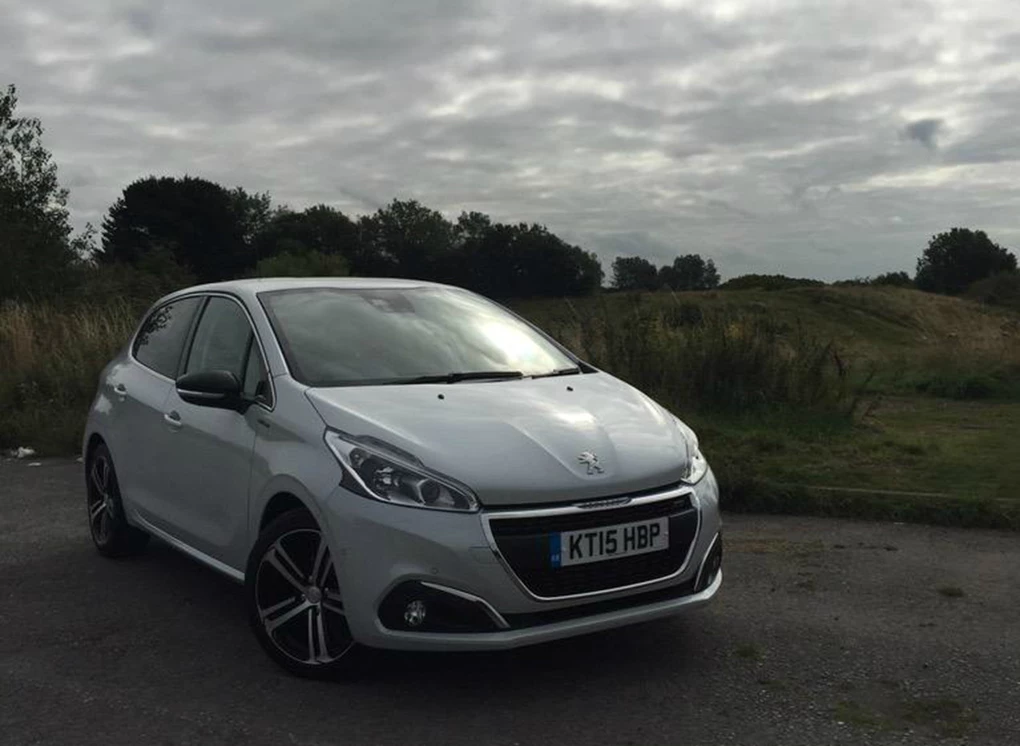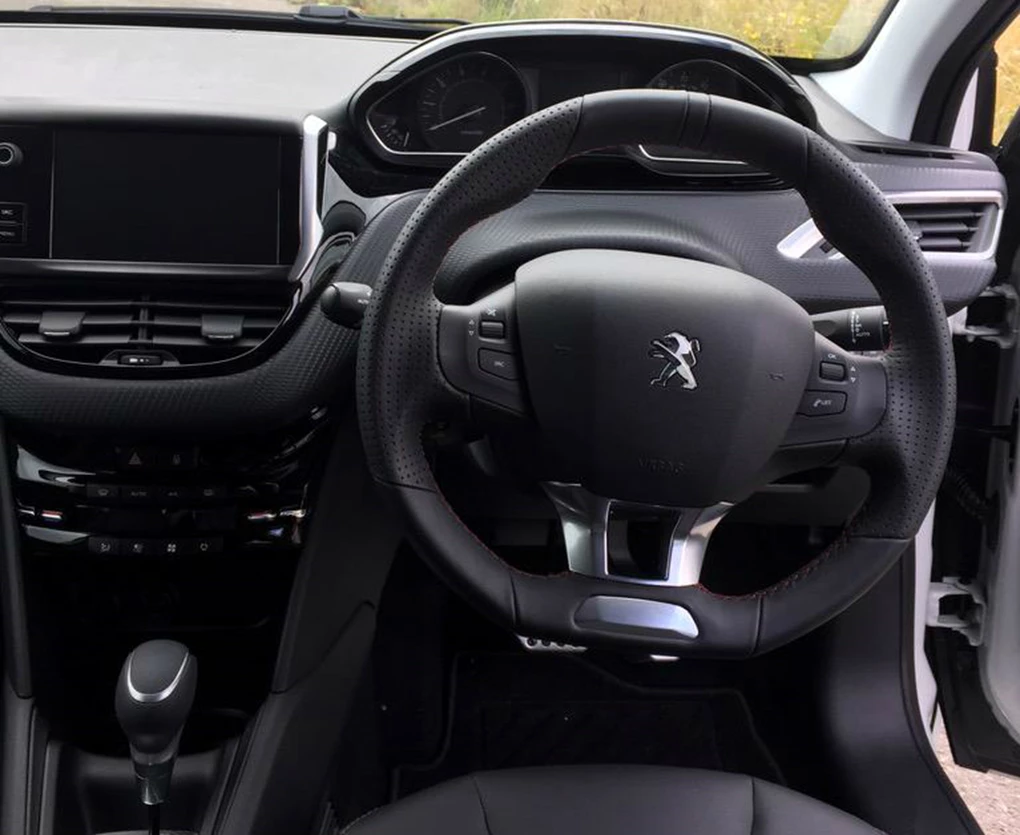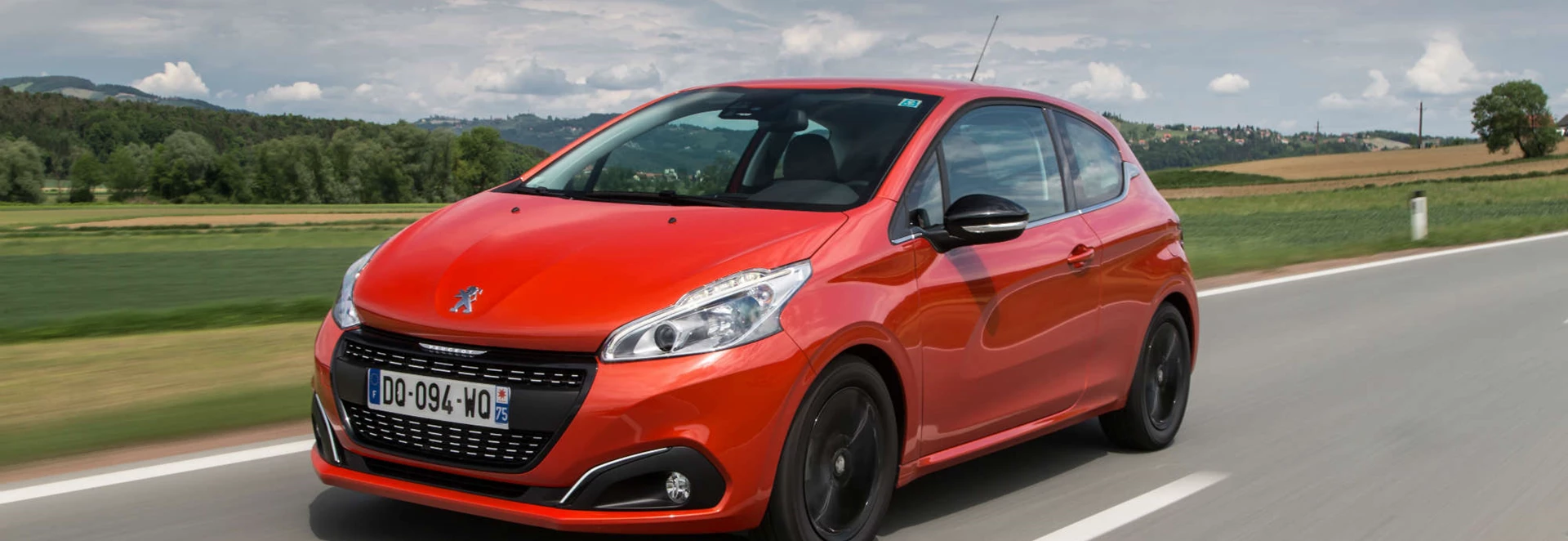From its launch back in 2012, the Peugeot 208 has been in and out of the top ten sellers’ list on a regular basis.
With this increasing presence, the model is slowly but surely becoming one of the supermini frontrunners, squaring up to the usual suspects such as the Ford Fiesta.
Peugeot has a decent pedigree when it comes to small cars, with the 205 and 206 being particularly successful - and a 2015 facelift should help the model stay fresh and attractive. So, does the 208 measure up to brand heritage and Ford competition?

Performance
The 1.2-litre PureTech petrol we tested belongs to the downsizing group of three-cylinder units that is supposed to deliver the power of a big engine with the efficiency of a small one. Producing 82bhp, the 1.2-litre isn’t too bad – and it takes 12.2 seconds to reach the all-important 62mph mark. That is a second slower than Ford’s highly-acclaimed 1.0-litre EcoBoost in the Fiesta.
Power wise, the naturally-aspirated 1.2 does lack a bit of oomph. Peugeot acknowledged this with the 2015 facelift which saw a turbocharged 110bhp version of the 1.2 petrol introduced. Delivering more low down torque, the turbocharged 1.2 delivers a great balance of power and efficiency, boasting a zero to 62mph sprint time of 9.8 seconds.
Those who want a bit more grunt can go for one of the larger 1.6-litre diesel units. As of September 2015, Peugeot is offering a new 75bhp 1.6-litre diesel that offers a decent 230Nm of torque and, more importantly, the lowest CO2 figure on offer in the range.

Ride and Handling
The 208’s now-smaller steering wheel can take a little getting used to. You have been warned.
As the 208 is aimed at city dwellers, the steering is rather light. This makes the likes of three-point turns and tricky parking manoeuvres a piece of cake. Naturally, this light steering doesn’t make for great enthusiastic driving, especially if you are throwing it around corners. If you think you are likely to go a bit animated on country roads, then the Fiesta will probably suit you better as it has a more attuned drive. Suspension and chassis wise, the 208 can handle speed bumps with confidence and body roll in the corners is minimal. And although it may seem trivial, the 208’s now-smaller steering wheel can take a little getting used to. You have been warned.
Interior and Equipment
A racing version of the Peugeot 208, called the T16 Pikes Peak, smashed the lap time record at the famous Pikes Peak International Hill Climb back in 2013. The lap record was set in this car by the nine-time World Rally champion, Sebastien Loeb.
Peugeot has given the 208 a clean-cut interior layout as part of the de-cluttering of its range. Standard kit is decent on all models, with cruise control, electric front windows and six airbags. As we had the special edition Style model, interior equipment was a little tastier than the standard derivatives; it included DAB radio, parking sensors, a panoramic glass roof, snazzy 15-inch Azote alloy wheels, LED daytime running lights and satellite navigation. The 2015 facelift saw the Feline trim replaced by the GT Line, which adds an array of exterior and interior tweaks. Appearing much like the 208 GTi from the outside, the new flagship GT Line model adds 17-inch alloys, electrically folding door mirrors, single chrome exhaust and a red-trimmed equaliser grille. Inside, the GT Line adds more red trimmings on the doors, seat belt and sports seats. Dual-zone climate control and all-round electric windows are also added. It is a close battle between the 208 and Fiesta when it comes to practicality. Both models come in three- and five-door variants and rear passenger space is very similar with fair leg and headroom. The five-door is advised in the 208 as it just makes getting in and out a whole lot easier. Boot space in the 208 is 285 litres, which is just five litres less than the Fiesta. The 208, however, has the leg up on the Fiesta with the seats folded down, offering 1,152 litres compared to the Fiesta’s 974 litres.
Cost
The new 1.2-litre turbo emits the same as the naturally-aspirated 1.2 and also claims the same average fuel economy.
The 1.2-litre PureTech emits 104g/km, which, sadly, does not get it a ticket into the sub-100g/km road-tax-free club. It still returns around 50mpg however. The new 1.2-litre turbo emits the same as the naturally-aspirated 1.2 and also claims the same average fuel economy. If ultra-frugality is what you are after, then the new 1.6-litre diesel available is your best bet, emitting just 79g/km and claiming to return an average of 83.1mpg. Prices for the Peugeot 208 currently start from £11,695, which is a tad more expensive than the Ford Fiesta (£10,145).
Our Verdict
The 208 will attract those who want something a little different to the norm. It isn’t quite as exciting to drive as the Fiesta, but it is certainly more dashing from the outside, which may lure in younger buyers. The addition of the 1.2-litre three-cylinder turbo is a massive boost for Peugeot and should help it battle the growing number of three-cylinder competitors from the likes of Ford and Vauxhall. Has the French manufacturer done it again with another small car for the history books? Not quite, but the 208 is far from mediocre.




